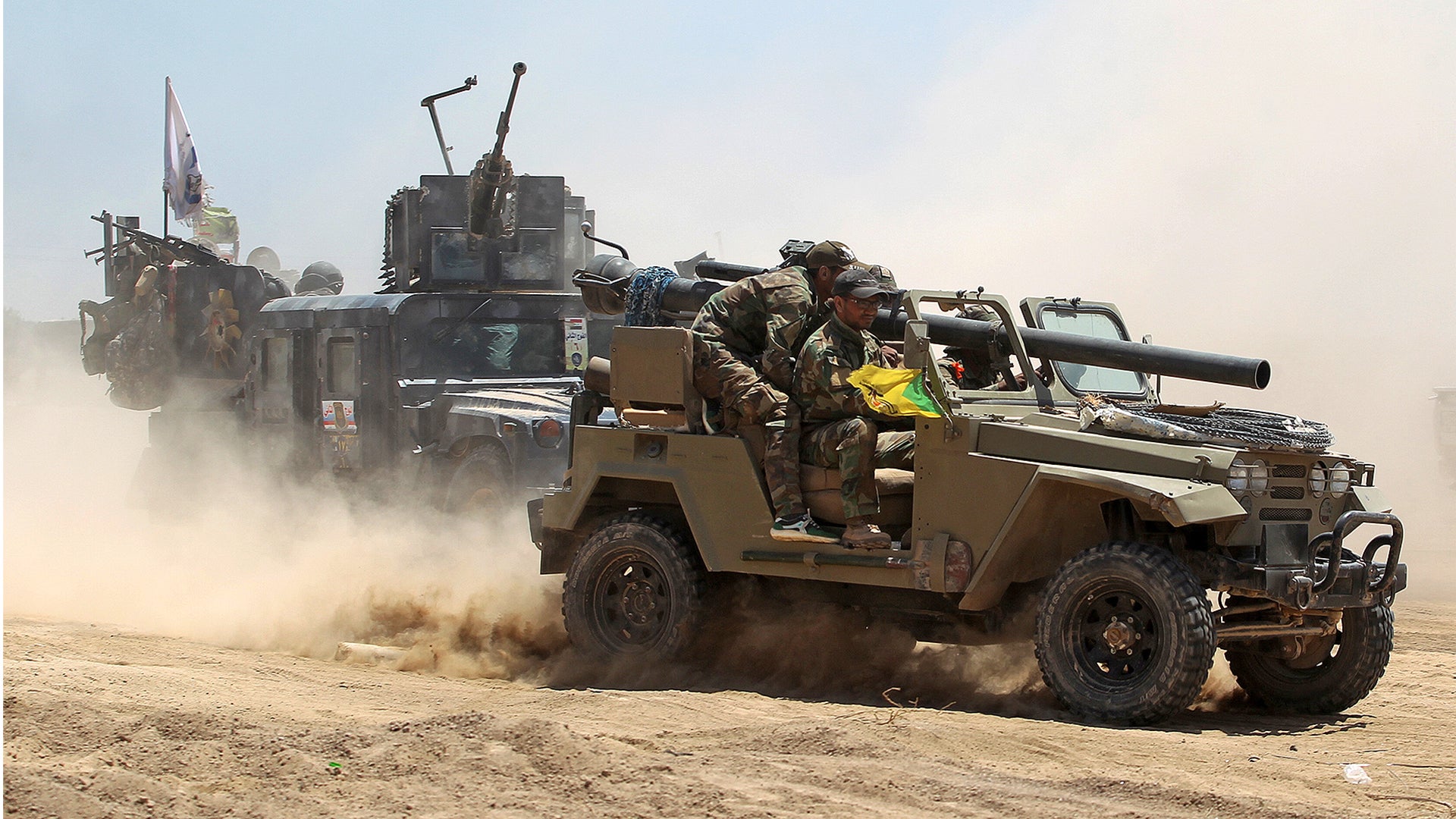Fallujah and Ramadi have both been retaken by the long-fledgling but now improving and growing Iraqi Army. The liberation of these war-torn Ambar Province cities from the clutches of ISIS were significant accomplishments, but those endeavors are small ball compared to the looming Mosul offensive.
The Iraqi Army and its U.S. “advisors” have been slowly shaping the battlefield in northern Iraq since last winter in preparation to retake Mosul. The establishment of the Nineveh Operations Center in the town of Makhmour, about 40 miles southeast of Mosul, is where the heart of the operation will be located. Near this master base and staging area the USMC has set up Fire Base Bell, which can protect the base and support local operations with its artillery, and could even strike targets in Mosul if the HIMARS GPS-guided rocket system is deployed there.
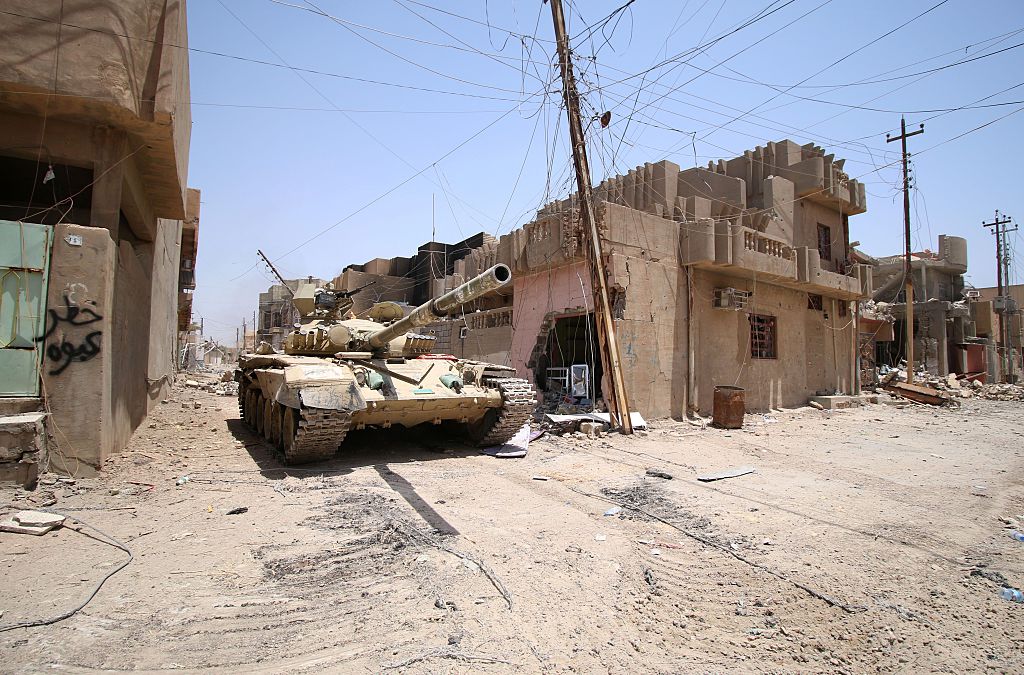
A secondary positive result of Ramadi and Fallujah being retaken is that more battle hardened Iraqi troops and material can be devoted to the Mosul offensive. As I wrote last March:
“Army Col. Steven Warren, a spokesperson for the U.S. led anti-ISIS coalition, stated recently that it would require roughly eight trained brigades of about 3,000 Iraqi soldiers each to take the city (other reports put the number at 36,000 troops.) The operative term being trained.
The quality of Iraq’s forces, even after well over a decade of constant training, is still inconsistent at best. As such, 24,000 well-trained soldiers that will actually stand their ground during intense and bloody urban warfare is something that Iraq’s Army may not have anytime in the near future.
There are thought to be between 3,200 and 5,000 Iraqi troops now deployed in and around the Nineveh Operations Center. Clearly this is nowhere near the number needed to start looking toward Mosul as a realistic objective.”

With this in mind, it seems clear there will be no Mosul offensive until enough manpower is available to see it through—and even 24,000 trained soldiers may be an underestimate as to how many troops will be needed. Still, the fact that Ramadi and Fallujah have been checked off the Iraqi Army’s to-do list is a very good development that may move up the Mosul offensive timetable. There are also reports that the training of Iraqi troops has accelerated over the last few months, resulting in more available troops than originally predicted.
As combat forces continue to amass at the Nineveh Operations Center to the southeast of Mosul, the Iraqi Army recently executed the largest armor assault since invading Kuwait in 1990 to gain control of Qayyarah Airfield and the ISIS held villages surrounding it. The strategic airbase, located about 35 miles south of Mosul,will become the central hub for air support during the offensive, as well as a logistics artery for U.S. and Iraqi forces.

To secure and support operations at the war ravaged air base, the Obama Administration has announced that 560 more troops will be sent to Iraq, with the vast majority of them working at the base.
It remains unclear exactly what aircraft will be based at Qayyarah Air Base, but the runways and facilities are said to be in poor condition. If the U.S. plans on basing aircraft there—which they most likely will—American attack helicopters and possibly A-10s and/or AV-8Bs will be deployed first, along with some short-ranged ISR (information surveillance and reconnaissance) assets and assorted Iraqi aircraft. If the runway can be brought up to fair condition, fast jets such as F-16s may end up using the base to increase sortie rates over Mosul during the offensive.
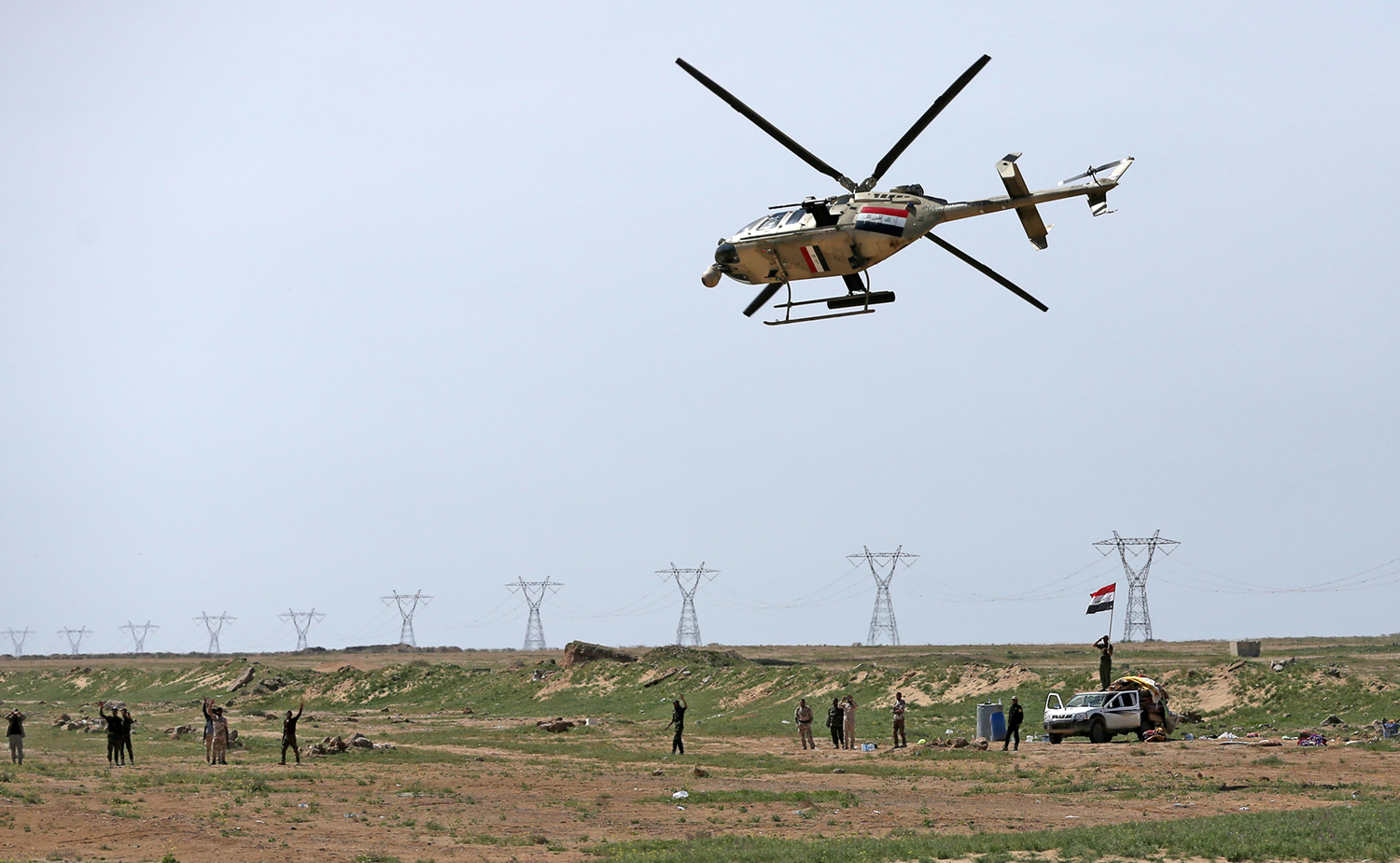
From the north, Kurdish Peshmerga brigades, which are largely equipped and supported by the U.S., are moving to encircle the city. This “hammer and anvil” strategy is key to not letting ISIS forces escape the city in order to re-group elsewhere. Although, as we saw last week, trying to move anywhere en masse on Iraq’s desolate highways while the nearly-panoptic fleet of U.S. and Iraqi ISR assets overhead can mean certain death. If ISIS were to try to retreat north and bust through Peshmerga lines, they would likely meet their end from airstrikes while still driving down the highway.
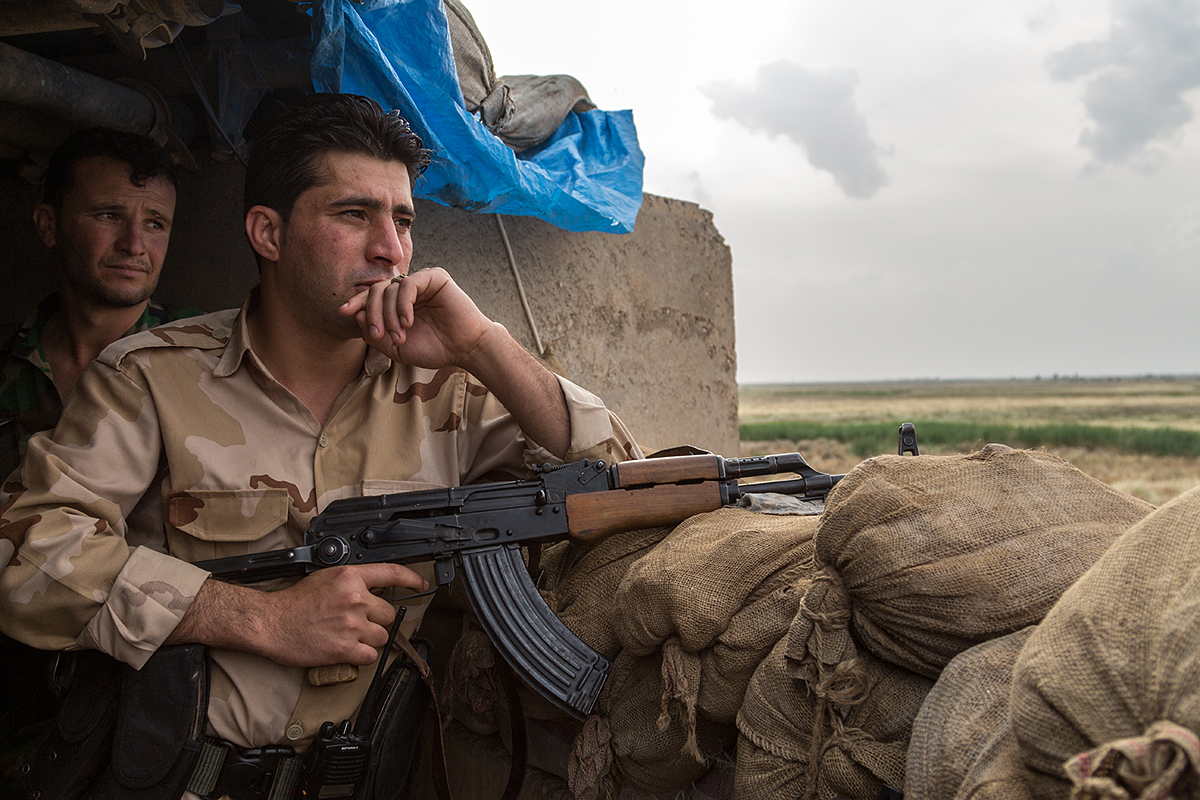
Although these are all positive developments, when it comes to the act of retaking Mosul, peril lies seemingly around every corner. Improvised explosive devices are said to line the highway leading into the city from the south, all of which have to be neutralized. And once inside the city’s perimeter, Iraqi troops will meet more booby-traps and roadside bombs, possibly on an unprecedented level, as well as ISIS artillery and a nearly-endless number of human shields.
Urban warfare is known for its brutality, but it is also known for its ability to quash either side’s technological advantage. Airpower in particular is dulled during urban combat operations because of the close distances between friend and foe, as well as the complex targeting challenges inherent in densely populated areas. Attack helicopters and A-10 Warthogs, which can fly low over the area to quickly ascertain a picture of what is happening and make shallow-angled attacks on structures and personnel, will likely be essential for supporting troops as they push through the besieged city.

What may be most concerning is the humanitarian catastrophe sure to follow such a battle. Once upon a time, 2 million people lived in Mosul; today the estimate is closer to 700,000. All those people have spent two years under the tyranny of ISIS, and have experienced constant shortages of the staples of daily life. By all accounts, those trapped in the city say conditions are terrible. After living through all that and what will be almost certainly an incredibly bloody battle, how will these people get back on their feet? And how will Mosul stabilize into any type of normalcy?
My overall point is that Mosul will need to be put back together again. Its police force and court system will need to be reestablished, electricity and running water made more reliable, and something resembling a local economy will need to be rebuilt. But before all that, its people—many of which will sadly get caught in the battle’s crossfire—will need critical care and attention. These will need to be provided in what could be a very dicey security situation that could persist for months after the Iraqi Army takes back control of the city.
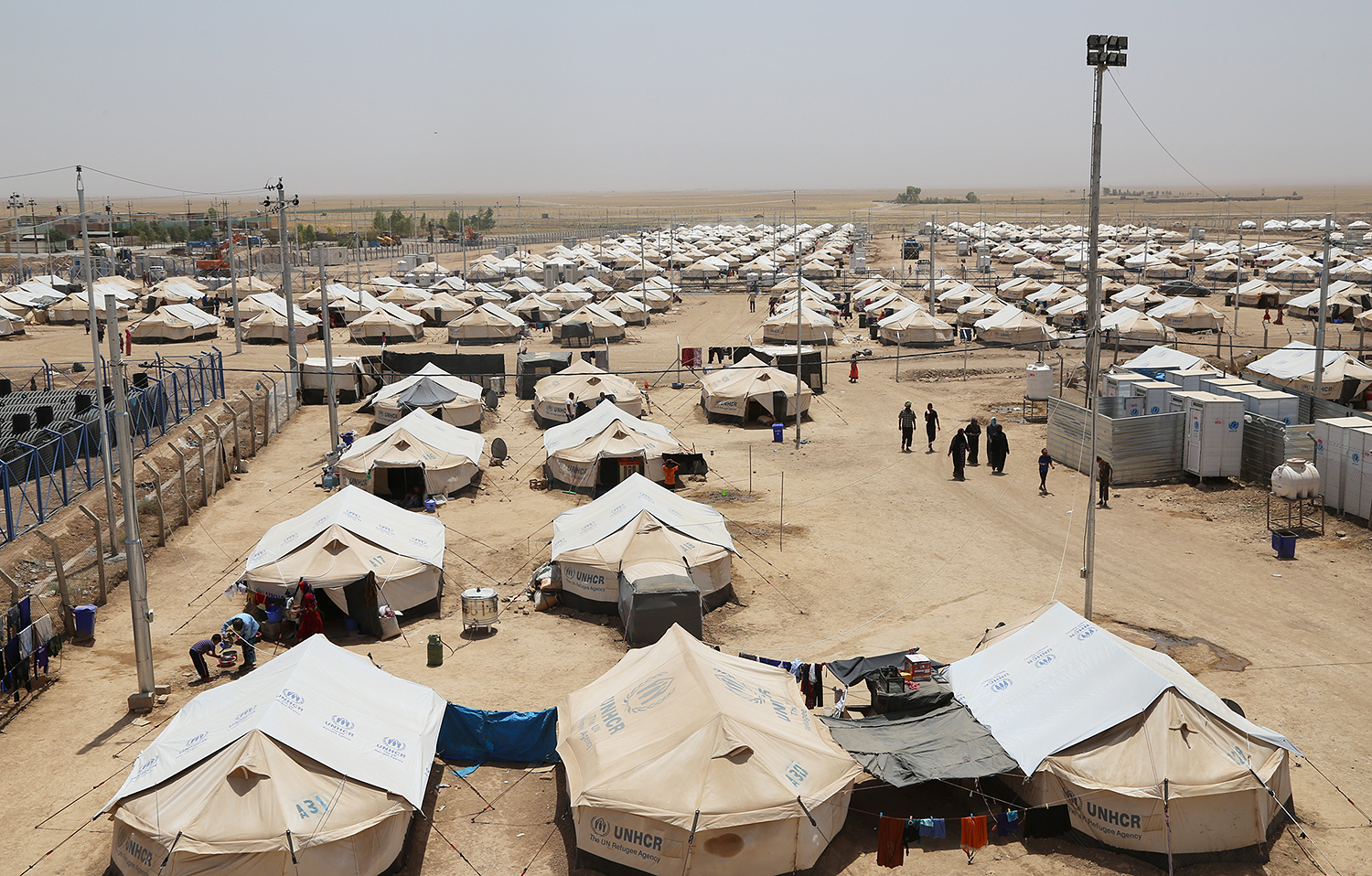
If anything else, America’s fumbling excursion into Iraq has proven that a plan for what happens when the fighting ends is as important as the initial battle plan itself, if not more so. The U.S. was once again caught with no plan when ISIS stormed into Mosul more than two years ago. After exiting the country militarily in 2011, contingency planning for what was clearly a growing threat from ISIS never occurred. Hopefully, the U.S. and Iraq have learned their lesson and are prepared to handle what comes next in Mosul once ISIS is routed from the traumatized city.
As for the question of when troops will actually push towards the outskirts of Mosul, that remains unclear. The pieces are certainly falling into place, but conflicting messages from Iraqi and U.S. officials do not point to a definitive time frame. Iraqi Prime Minister Haider al-Abadi has promised to retake Mosul by the end of this year, while U.S. generals have openly stated that even starting the offensive this year will be a major challenge.

However, this evaluation may have changed after the recent success in Ambar Province and the capture of Qayyarah Air Base. It may now be possible to start operations in the fall—but slowly working through Mosul and carefully clearing the city of ISIS fighters will take time, as well as the steely will of an Iraqi Army that is just now proving its mettle.
Regardless of when the offensive begins, taking back Mosul decisively will be absolutely critical when it comes to bringing about the end of ISIS as we know it. Without holding major population centers in multiple countries, the organization’s legitimacy will be heavily damaged, and its self-proclaimed caliphate will be redefined by rapidly decreasing territory and geographical influence.
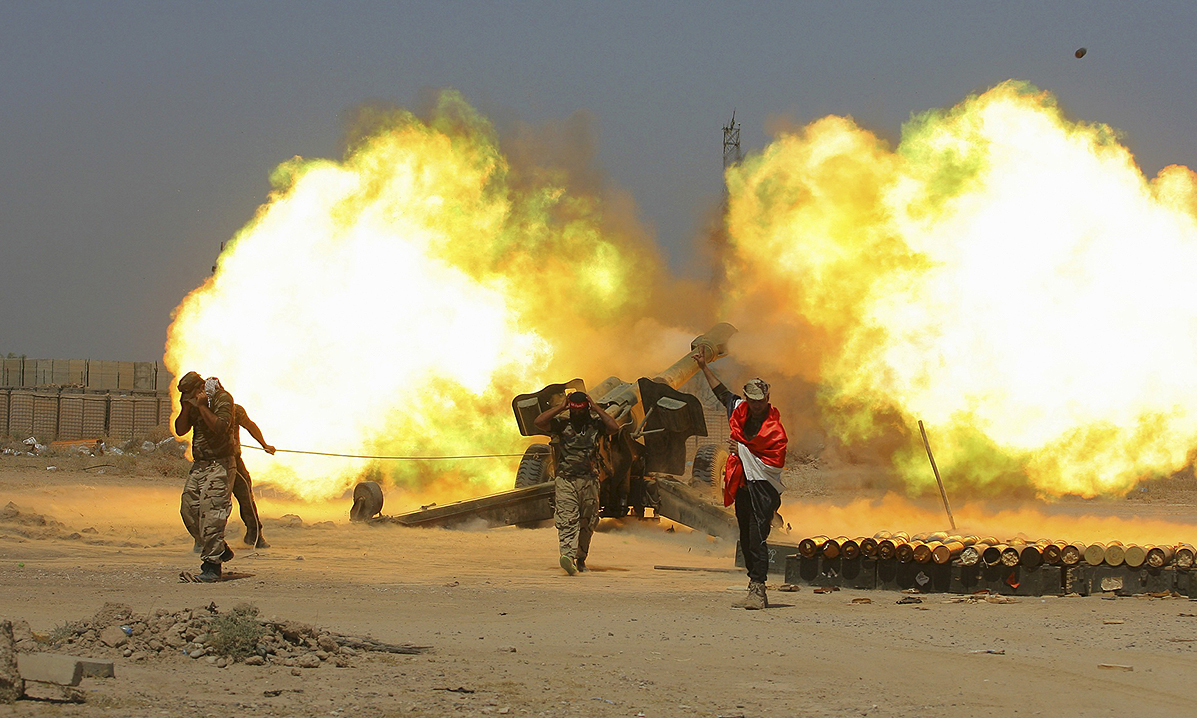
Although taking back Ramadi and Fallujah were necessary steps in solidifying Iraq’s precarious security situation, big wins against ISIS have been slow to come. The air war against the Islamic State may have truncated the group’s ability to operate freely in the open and spread linearly, but the fact that it has withstood two years of constant bombing by the U.S. and its allies is a clear propaganda win for them.
Putting forward air controllers on the ground and unleashing America’s special operations forces on ISIS long ago would have resulted in more tangible results, but the Obama Administration has ignored the limitations of airpower and has decided to go the slow (and very low-risk) route instead. The Islamic State has proven to be incredibly resilient to this strategy. Hopefully, the long-awaited Mosul offensive will decisively turn the tide and mark the beginning of the end when it comes to the group’s ability to hold ground across Mesopotamia.
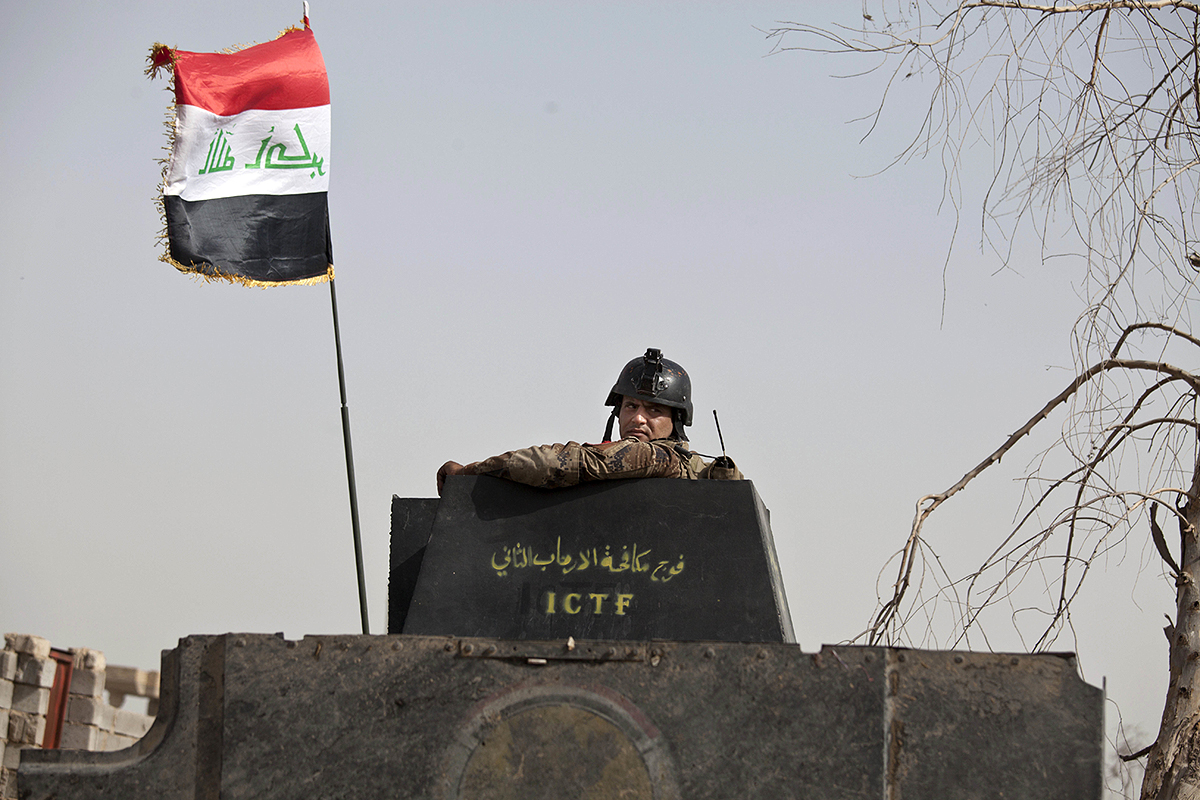
Finally, there remains the question of how Iraq will find peace once ISIS no longer holds territory within its borders. With Iranian-backed Shiite militias, U.S.-backed Kurds, and the Iraqi Army itself empowered and armed like never before, can Iraq keep itself from falling into civil war? And what is America’s plan should that occur…or is there one at all?
Contact the author Tyler@thedrive.com
